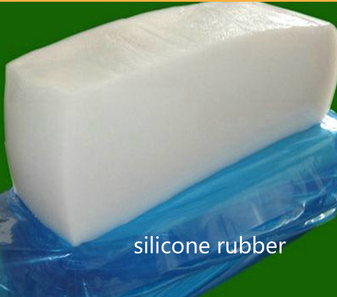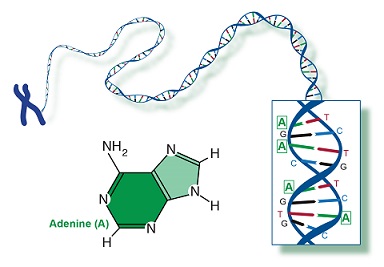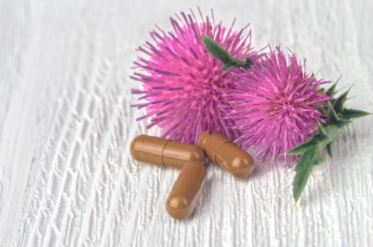Where does silicone rubber come from?
To grasp the multitude of ways silicone rubber can be used, it is important to realise its origins. In this blog, we take a look at where silicone comes from to understand more about its characteristics.
Understanding the different types of rubber
To understand what silicone is you first need to know the different types of rubber available. In its purest form, natural rubber is more commonly recognised as latex and actually comes directly from a rubber tree. These trees were first discovered in South America and usage of the rubber from within them dates back to the Olmec culture (Olmec literally means “Rubber People”!).
Anything which is not formed from this natural rubber is therefore man-made and is known as synthetic.
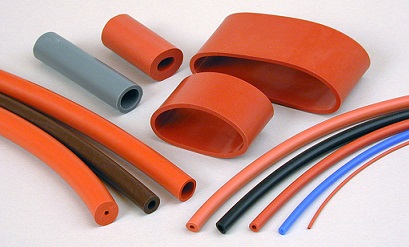
A new substance made by mixing various materials together is called a synthetic polymer. If the polymer displays elastic properties, it is identified as an elastomer.
What is silicone made from?
Silicone is identified as a synthetic elastomer as it is a polymer which displays viscoelasticity – that is to say it shows both viscosity and elasticity. Colloquially people call these elastic characteristics rubber.
Silicone itself is made up of carbon, hydrogen, oxygen and silicon. Note that the ingredient contained within silicone is spelt differently. The ingredient silicon comes from silica which is derived from sand. The process to make silicon is complex and involves many stages. This arduous process contributes to silicone rubber’s premium price compared to natural rubber.
The silicone-making process involves extracting silicon from silica and passing it through hydrocarbons. It’s then mixed with the other chemicals to create silicone.
How is silicone rubber made?
Silicone rubber is a combination of an inorganic Si-O backbone, with organic functional groups attached. The silicon-oxygen bond gives silicone its high temperature resistance and flexibility over a wide range of temperatures.
The silicone polymer is mixed with reinforcing fillers and processing aids to form a stiff gum, which can then be crosslinked at elevated temperature using either peroxides or polyaddition curing. Once crosslinked the silicone becomes a solid, elastomeric material.
Here at Silicone Engineering, all our silicone materials are cured using heat which classifies our silicone products as HTV silicone or High Temperature Vulcanised. All our silicone grades are kitted, mixed and manufactured at our 55,000-sq. ft. facility in Blackburn, Lancashire. This means we have full traceability and accountability of the production process and can ensure the highest standards of quality management throughout. We currently process over 2000 tonnes of silicone rubber each year which allows us to be very competitive in the silicone market place.
What are the benefits using of silicone rubber?
The production process and material composition of silicone rubber gives it a great amount of flexibility, which is what makes it so popular for so many uses. It’s able to withstand extreme fluctuations in temperature from as low as -60°C to as high as 300°C.
It also has excellent environmental resistance from Ozone, UV and general weathering stresses making it ideal for outdoor sealing and protection to electrical components such as lighting and enclosures. Silicone sponge is a lightweight and versatile material making it ideal for reducing vibrations, stabilising joints and decreasing noise within mass transit applications – making it popular for use in environments such as trains and aircraft where customer comfort is helped by the use of silicone rubber.
This is just a brief overview of the origins of silicone rubber. However, at Silicone Engineering we understand how important it is that you understand everything about the product you are buying. If you would like to find out more to understand how silicone rubber can work in your industry then get in touch with us today.
You may like
Related articles And Qustion
See also
Lastest Price from SILICONE RUBBER manufacturers
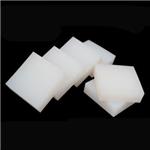
US $36.00-1.20/kg2025-04-01
- CAS:
- 63394-02-5
- Min. Order:
- 1kg
- Purity:
- 99%
- Supply Ability:
- g-kg-tons, free sample is available

US $9.00-70.00/g2024-05-11
- CAS:
- 63394-02-5
- Min. Order:
- 10g
- Purity:
- 99%
- Supply Ability:
- 10 tons

